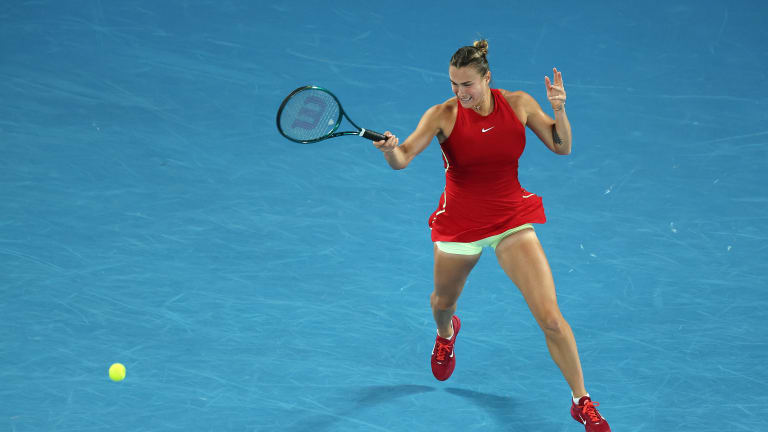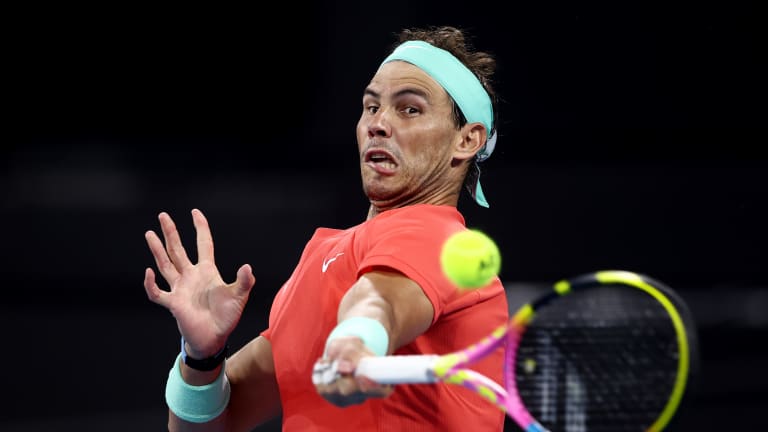Australian Open
What does the new stat “Hunting 3rd-shot Forehands” tell us about how the modern game has evolved?
By Jan 24, 2024Australian Open
Australia at Last: Reflections on a first trip to the AO
By Jan 29, 2025Australian Open
Alexander Zverev must elevate his game when it most counts—and keep it there
By Jan 27, 2025Australian Open
Jannik Sinner draws Novak Djokovic comparisons from Alexander Zverev after Australian Open final
By Jan 26, 2025Australian Open
Alexander Zverev left to say "I'm just not good enough" as Jannik Sinner retains Australian Open title
By Jan 26, 2025Australian Open
Jannik Sinner is now 3-0 in Grand Slam finals after winning second Australian Open title
By Jan 26, 2025Australian Open
Taylor Townsend and Katerina Siniakova win second women's doubles major together at the Australian Open
By Jan 26, 2025Australian Open
Madison Keys wins her first Grand Slam title at Australian Open by caring a little bit less
By Jan 25, 2025Australian Open
Henry Patten, Harri Heliovaara shrug off contentious first set to win Australian Open doubles title
By Jan 25, 2025Australian Open
Aryna Sabalenka takes a rare loss in Australian Open slugfest
By Jan 25, 2025What does the new stat “Hunting 3rd-shot Forehands” tell us about how the modern game has evolved?
It’s an indication of a player’s “desire to dictate the point.” How much does that really matter?
Published Jan 24, 2024
Advertising
Advertising

Aryna Sabalenka hit 80 percent of her third-shots with her forehand in one match Down Under; Coco Gauff, her semifinal opponent, did it 67 percent of the time in another.
© Getty Images
Advertising

According to Tennis Abstract, Rafael Nadal has hit 77.7 percent of third-ball forehands in his career.
© Getty Images